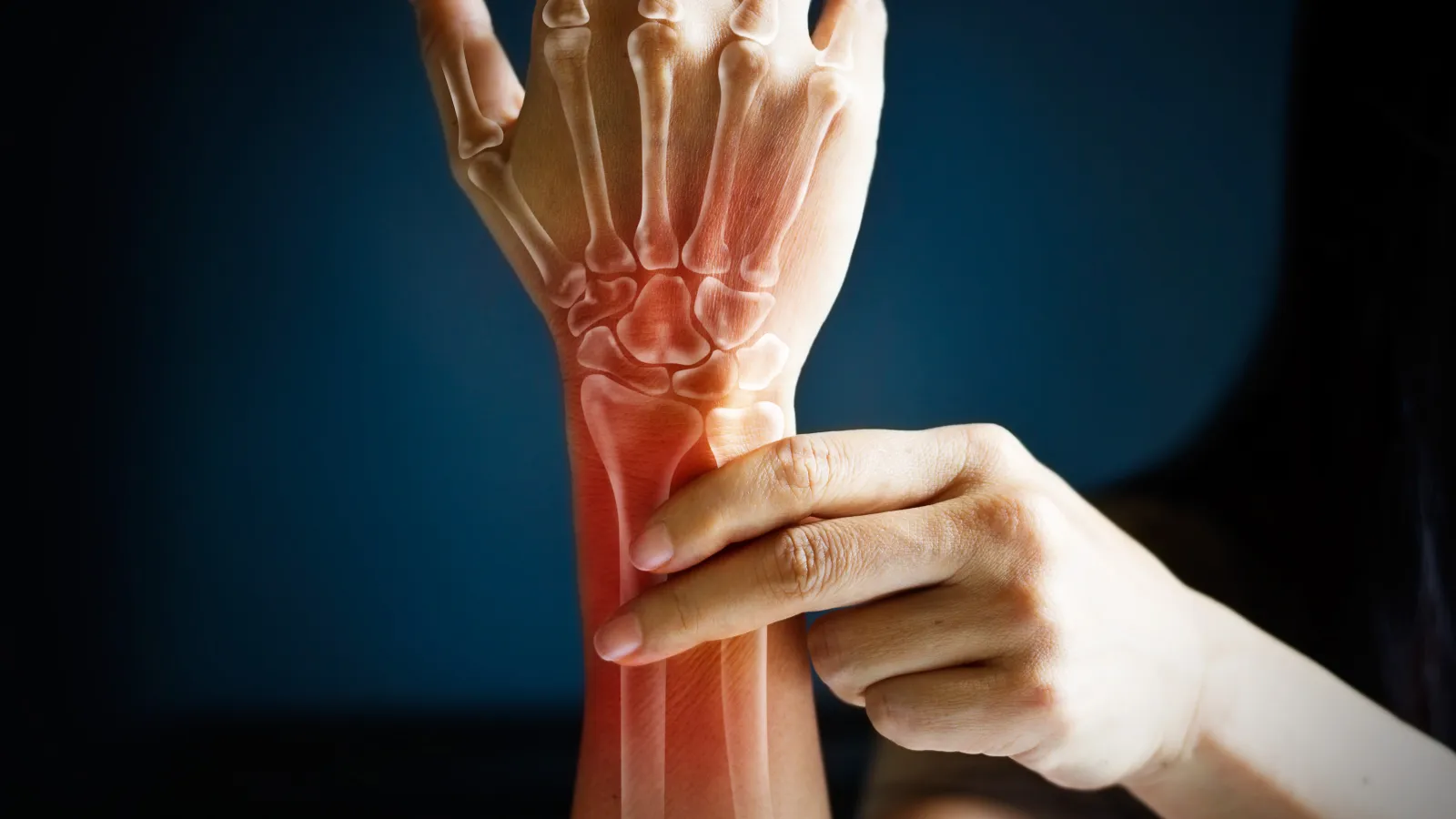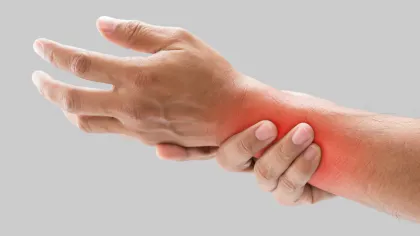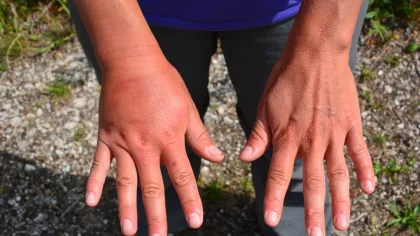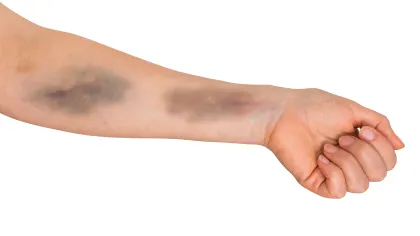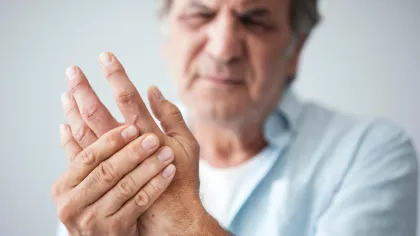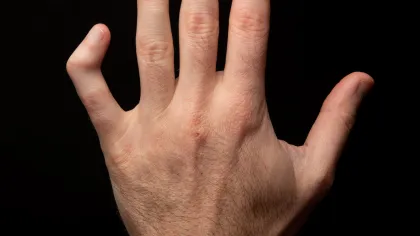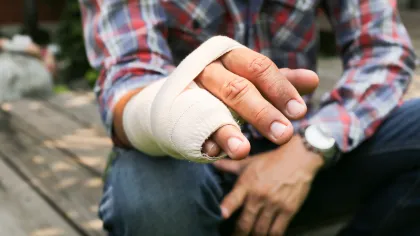If a hand fracture is suspected, your doctor will confirm the diagnosis with a comprehensive evaluation. During this visit, he will assess the wrist and hand and take x-rays or scans to visualize the location and severity of the break.
Recommended treatment will depend on the complexity of the fracture. Common treatments at our office include:
